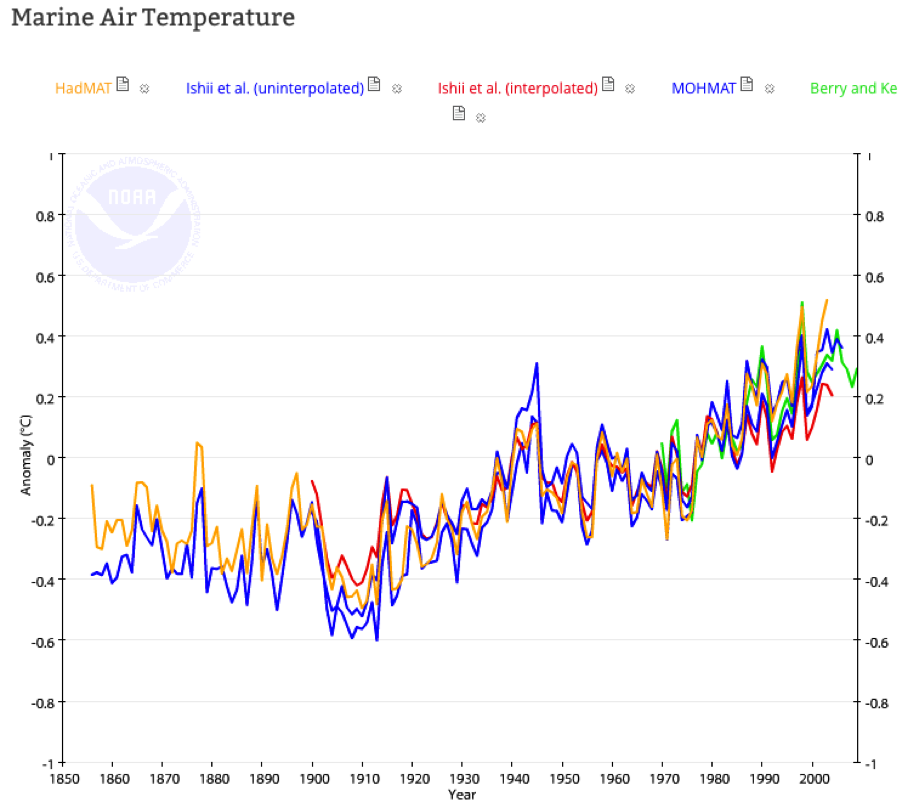Industrialisation over the last 200 years has increased the quantities of greenhouse gases in the atmosphere, Fossil fuel burning, for example, has enhanced the natural greenhouse effect. In addition, changes in land use and deforestation have contributed to the greenhouse effect by reducing carbon sinks that remove carbon dioxide from the atmosphere. As a result, the Earth�s climate is now becoming warmer at an estimated rate of 0.2 to 0.3 C per decade, leading to sea level rise and affecting ecosystems, human settlements and agriculture. At the Rio Earth Summit and more recently Kyoto, legally binding targets were set to reduce emissions of greenhouse gases.
Climate Change Indicators:
- Carbon dioxide (CO2) emissions from energy use.
Carbon dioxide is released into the atmosphere through the burning of fossil fuels for energy, enhancing the natural greenhouse effect. Carbon dioxide emission totals and intensities are used to indicate the accumulation of carbon dioxidein the atmosphere. Total emissions provide information on the amount of carbon dioxide released in a given area over a given time, usually from a single country. Emission intensities refer to emissions per capita (per person) and emissions per unit of gross domestic product (GDP). For example, the UK released a total of 565 million tonnes of carbon dioxide in 1995, equating to 9.6 tonnes per capita and 0.578 tonnes per $1000 of its GDP.
- Atmospheric concentrations of greenhouse gases
The atmospheric concentrations of greenhouse gases, including carbon dioxide, methane and nitrous oxide, are used to indicate climate change. Data for the individual gases are collected at various monitoring sites, providing indications of concentrations and trends in atmospheric accumulation.
- Working from Home - March 21, 2024
- Eco-Friendly Companies in the UK - March 6, 2024
- Public Transport - February 15, 2020
